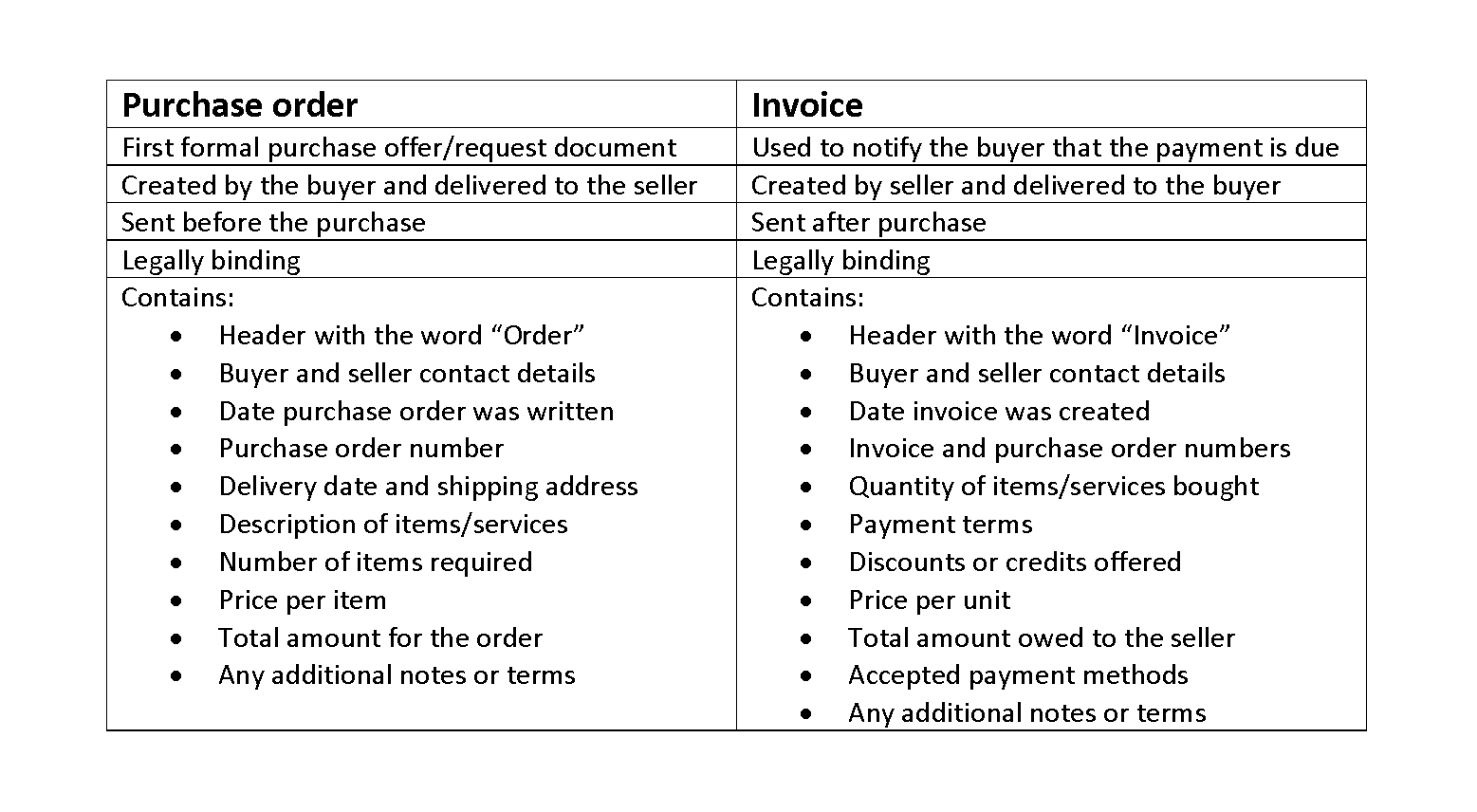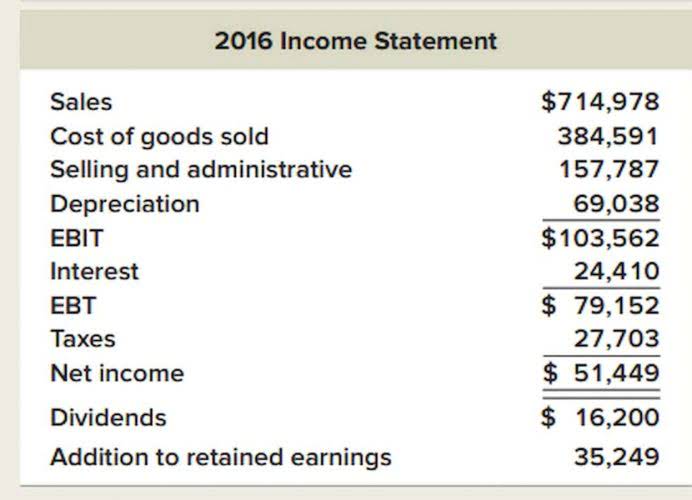Content

All preferred dividends must be paid first, but if no dividends are declared, the noncumulative preferred shareholders don’t get a dividend that year. For instance, let’s assume that Company XYZ is not able to pay dividends to its noncumulative preferred shareholder this year. The shareholders have no right to claim for the missed dividends in the future years. Also, the company has no obligation of paying the skipped dividends to the holders of noncumulative preferred stock in the future. However, in the case of cumulative preferred shareholders, the company has an obligation of ensuring that such shareholders receive all their pending dividends.
This percentage increased steadily, and by the mid-1980s approximately half of all undergraduate accounting degrees were earned by women. This rate is more than twice the rate in the medical and legal professions. For more information see “Accounting’s Big Gender Switch,” Business Week, January 20, 1997, p. 20. The next year, the economy is even worse, and the organization can pay no dividend at all; it then owes the shareholder $1,500. We do not guarantee the accuracy or completeness of information on or available through this site, and we are not responsible for inaccuracies or omissions in that information or for actions taken in reliance on that information.
However, perpetual preferred stock isn’t a permanent decision if the perpetualness of the issue worries you. The startup can still buy back the perpetual shared stock, otherwise called a “call” feature. Founders may wish to buy back the stock because of changes in interest rates or tax laws.
Through preferred stock, financial institutions are able to gain leverage while receiving Tier 1 equity credit. Non-cumulative preferred stocks give the allowance to the companies to skip dividends and it is not obliged to the stakeholders. It puts the stakeholders in a position where they are uncertain about the payment of dividends and poses a financial risk. Cumulative preferred stocks provide safety to the shareholders as it guarantees the payment of dividend. These stocks are treated as perpetuity and do not allow exercising voting rights. The annual dividend can be calculated by multiplying the dividend rate by the par value.
Related to Noncumulative perpetual preferred stock
Investopedia does not include all offers available in the marketplace. Kirsten Rohrs Schmitt is an accomplished professional editor, writer, proofreader, and fact-checker. She has expertise in finance, investing, real estate, and world history. Throughout her career, she has written and edited content for numerous consumer magazines and websites, crafted resumes and social media content for business owners, and created collateral for academia and nonprofits.
This rate is the stated dollar value amount or the percentage of the par value. If one year the company decides not to pay dividends, they won’t pay it the next year. As a result, the investor loses his or her right to claim any unpaid dividends. Noncumulative preferred shareholders offer a company a greater opportunity to manage its cash flow. If the company feels that by paying the dividends, it will affect the cash flow, it will skip the payment to ensure that the cash flow is not affected. They are distributions of retained earnings, which is accumulated profit.
By contrast, “cumulative” indicates a class of preferred stock that indeed entitles an investor to dividends that were missed. To record distribution of 2% stock dividend declared in Dec 20X1When a dividend is paid as cash, then the company will have less cash, reducing its value, and therefore, its value per share .
What is Preferred Stock?
Lawyers on UpCounsel come from law schools such as Harvard Law and Yale Law and average 14 years of legal experience. They have worked with or on behalf of companies such as Google, Menlo Ventures, and Airbnb. DividendDividends refer to the portion of business earnings paid to the shareholders as gratitude for investing in the company’s equity.
- Additionally, the firm didn’t declare a dividend in year two or three, but declared a dividend in year four.
- If one year the company decides not to pay dividends, they won’t pay it the next year.
- In year two, preferred stockholders must receive $75,000 before common shareholders receive anything.
- Although the risks of the non-cumulative shareholders are quite similar to that of equity shareholders, but still their pay-out is limited, unlike the equity shareholders.
- We will do everything in our power to make sure you get the best outcome possible.
A non-cumulative dividend is a type of preferred stock that does not owe any missed payments. Issuing noncumulative stock assists corporations in times of financial distress. By canceling the company’s obligation to pay unpaid dividends, noncumulative stock frees up cash flow and allows companies to utilize it when required. Noncumulative refers to a type of preferred stock for which dividends are not accumulated over time. The company is not obliged to pay noncumulative stockholders any unpaid dividends.
What is Non-Cumulative Preference Shares
They are issued with pre-determined dividend rates, either as a percentage of the face value or in terms of dollar per share. Board Of DirectorsBoard of Directors refers to a corporate body comprising a group of elected people who represent the interest of a company’s stockholders. The board forms the top layer of the hierarchy and focuses on ensuring that the company efficiently achieves its goals. A dividend is a distribution of assets that represents a withdrawal of earnings by the owners. France—By a law enacted in June 2004, France allows the creation of preferred shares.
In other words, the company doesn’t need to catch up with those payments, whether they were omitted or not. This means the company has more flexibility and will be able to manage their cash flow. Cumulative preferred stockholders will be owed$10.50/share ($3.50 + $3.50 + $3.50).

Eric works for a public accounting firm and has passed his CPA exams with an average score of 94. Series B Preferred Stock means shares of the Company’s Series B Preferred Stock, par value $0.0001 per share.
How Does Cumulative Preferred Stock Work?
This investor will want to compare the rates offered on the bond and preferred stock. Stock dividends are only declared on shares outstanding, not on treasury stock shares. Read this chapter, which details stockholders’ equity, specifically capital stock. You learn about the different classes of stock, their characteristics, how capital appears on https://www.bookstime.com/ the Statement of Stockholders’ Equity, and the steps for issuing stock to the public. The size of the preferred stock market in the United States has been estimated as $100 billion (as of early 2008), compared to $9.5 trillion for equities and US$4.0 trillion for bonds. The amount of new issuance in the United States was $34.1 billion in 2016.
Trust and fiduciary services are provided by Bank of America Private Bank, a division of Bank of America, N.A., Member FDIC, and a wholly-owned subsidiary of Bank of America Corporation (“BofA Corp.”). Insurance and annuity products are offered through Merrill Lynch Life Agency Inc. (“MLLA”), a licensed insurance agency and wholly-owned subsidiary of BofA Corp. DisclaimerAll content on this website, including dictionary, thesaurus, literature, geography, and other reference data is for informational purposes only. This information should not be considered complete, up to date, and is not intended to be used in place of a visit, consultation, or advice of a legal, medical, or any other professional.
With a stock dividend, stockholders receive additional shares of stock instead of cash. Stock dividends transfer value from Retained Earnings to the Common Stock and Paid-in Capital in Excess of Par – Common Stock accounts, which increases total paid-in capital. If a company’s board of directors wants to pay common stockholders a dividend, they must pay the preferred stockholders first. These shares are preferred in the sense that common shareholders cannot receive a dividend until all preferred stockholders have been paid in full. However, banks and bondholders have priority over preferred stockholders and must be paid in full before preferred stockholders are paid.
Module 13: Accounting for Corporations
Since the preferred stock is noncumulative, the company has no obligation to pay them, and these shareholders have no right to claim it. The noncumulative preference shareholders hold no right to claim any unpaid dividends in subsequent years. Instead, they get a fixed dividend out of each year’s profits if the company fails to declare the dividend. Corporate bonds may be issued with a conversion feature, enabling those bonds to be converted into a specific number of shares of either common stock or preferred stock. This conversion option lets bondholders convert a debt investment into stock.

Preferred Units means all Partnership Interests designated as preferred units by the General Partner from time to time in accordance with Section 4.02 of the Partnership Agreement. Company Series A Preferred Stock means the Series A Preferred Stock, par value $0.0001 per share, of the Company. Company Series C Preferred Stock What Is Noncumulative Preferred Stock means the Series C Preferred Stock, par value $0.0001 per share, of the Company. Series A Preferred Unit means a Preferred Unit having the designations, preferences, rights, powers and duties set forth in Article XVI. Series C Preferred Stock means the Series C Preferred Stock, par value $0.001 per share, of the Company.
It gives them greater flexibility as the fixed obligation gets reduced. Hence it is beneficial for the companies to issue noncumulative preference shares as the payments get suspended without any penalties. When it comes to a company liquidation, the holders of noncumulative preferred shares also have preferential rights. For instance, when the company liquidates, they are entitled to receive payment first before the common stockholders. A company raising venture capital or other funding may undergo several rounds of financing, with each round receiving separate rights and having a separate class of preferred stock. Such a company might have “Series A Preferred”, “Series B Preferred”, “Series C Preferred”, and corresponding shares of common stock.
Is it mandatory to pay dividend on cumulative preference shares?
Dividend on cumulative preference shares which has not been declared and paid should be paid before paying any dividend to equity shareholders.
It would also mean there is a high chance the firm won’t be able to keep up with new technologies or stay competitive. Company XYZ announces dividends of $3.50/share to be paid in 2017, 2018, and 2019. A stock, also known as equity, is a security that represents the ownership of a fraction of an issuing corporation. Hunkar Ozyasar is the former high-yield bond strategist for Deutsche Bank.
Marketing
The investor will be one of the first to receive his or her dividend once this happens, as the investor has preferred shares. Large stock dividends are those in which the new shares issued are more than 25% of the value of the total shares outstanding prior to the dividend.
Participating preferred stock has a participating feature which means that these preferred shareholders will share with common shareholders the dividends more than a certain amount. Nonparticipating preferred stock don’t have this participating feature, so once preferred shareholders are paid, they can’t receive any excess dividends. Unlike cumulative preferred stock, noncumulative preferred stock does not utilize the dividend in arrears account for unpaid dividends. Noncumulative preferred stockholders have priority over common shareholders when it comes to dividends that are declared in the current year.
Examples of Noncumulative perpetual preferred stock in a sentence
The more troubled a company is financially, the greater value a cumulative preferred has over noncumulative preferred. In this case, the company paid a dividend of $160,000 and $180,000 during 2011 and 2012 respectively. Determine the dividend paid to the cumulative and non-cumulative preferred stockholders during 2011 and 2012 combined. This preference is due to the increased investment security they provide for the investor. Cumulative is issued as preferred for a company to be able to price their dividends, lower than the current market rate for non-cumulative preferred. Those who have preferred stock are known as “preference shareholders.” Preference shareholders have priority over common shareholders. When a company pays dividends to their shareholders, they will always pay preferred stockholders first.
- Dividend payments are made on a quarterly basis for each series of preferred stock, other than Series X, Series AA, Series DD, and Series FF for which dividends are paid on a semi-annual basis.
- Preference shares are company stock with dividends that are paid to shareholders before common stock dividends are paid out.
- In the variants used by Stan Medley, the preferred share converts to either a percentage of the company’s common shares or a fixed dollar amount of common shares rather than a set number of shares of common.
- Individual series of preferred shares may have a senior, pari-passu , or junior relationship with other series issued by the same corporation.
- They have the right to receive a dividend whether one is declared or not.
In the following year, the company witnessed strong recovery and so the board of directors decided to pay a dividend of $200,000. Determine the dividend paid to the cumulative and non-cumulative preferred stockholders during 2009 and 2010 combined. The calculation for preferred dividends is different based on the features of the preferred stock, if they are cumulative or non-cumulative, and when the dividends are paid out, quarterly or annually. These items help us determine the amount of dividends to be paid out. Think of it similar to the face value of a bond when calculating coupon payments for the bond.
Terms of the preferred stock are described in the issuing company’s articles of association or articles of incorporation. The question that comes up when a company chooses not to pay a preferred stock dividend is what happens in the future. That’s where the difference between cumulative and noncumulative preferred stock comes in. Cumulative preferred stock can be calculated by multiplying the par value by the dividend rate and then adding all dividends in arrears owed. Dividends in arrears are dividends on cumulative preferred shares that haven’t been declared or paid yet.
Then multiply by the dividend rate for the preferred stock, and that will give you the amount of the dividend the company must pay before restoring a dividend to common shareholders. Preferred stock is an equity security with special features and characteristics.
